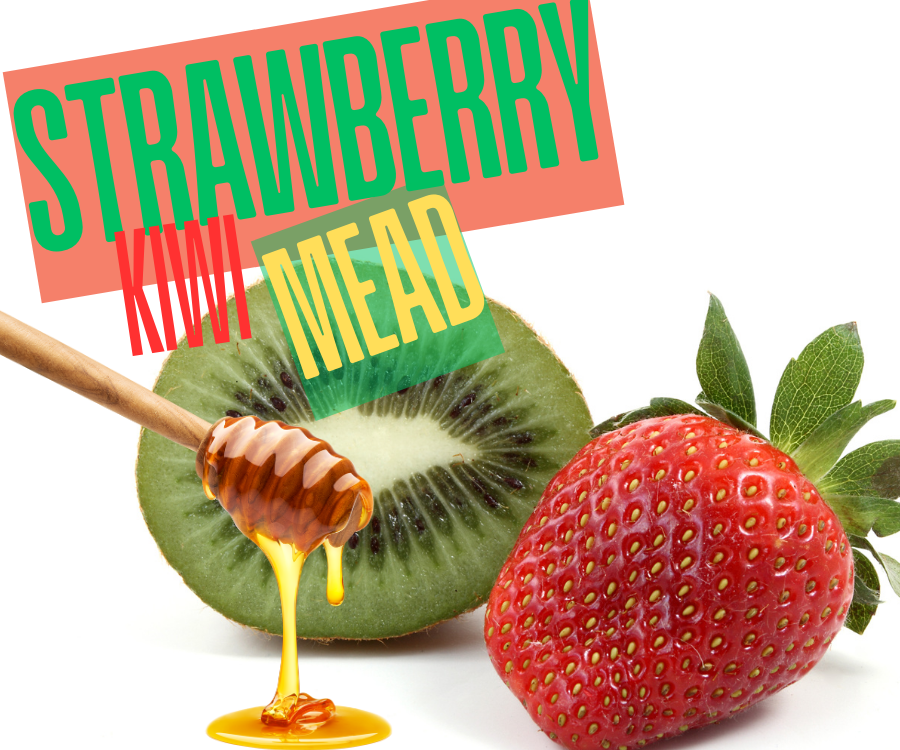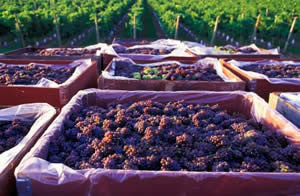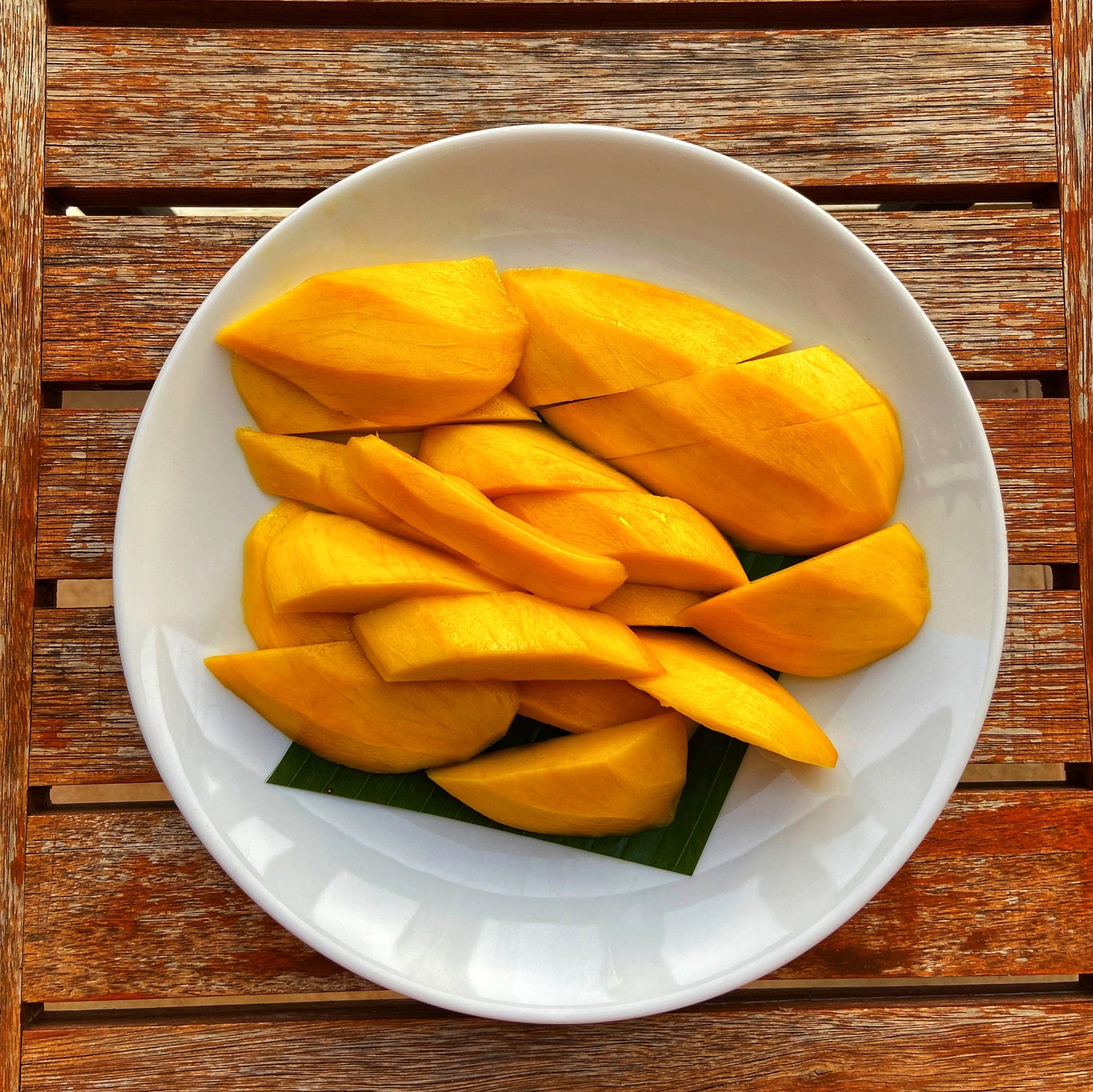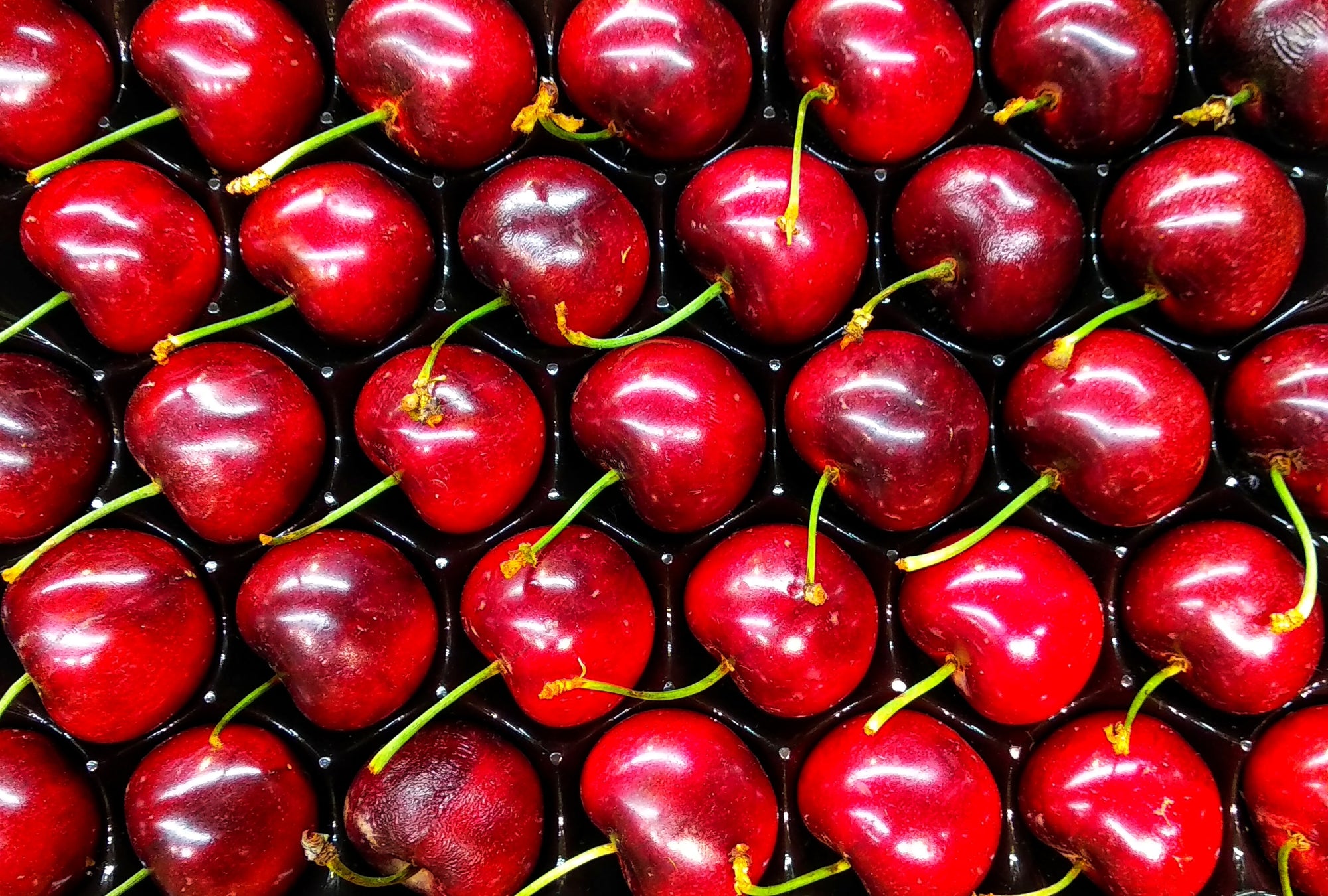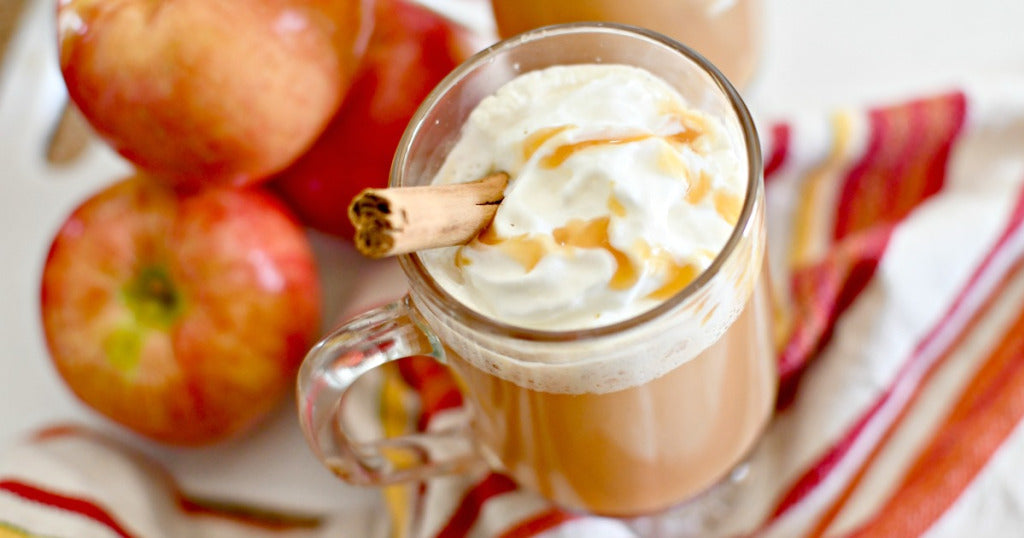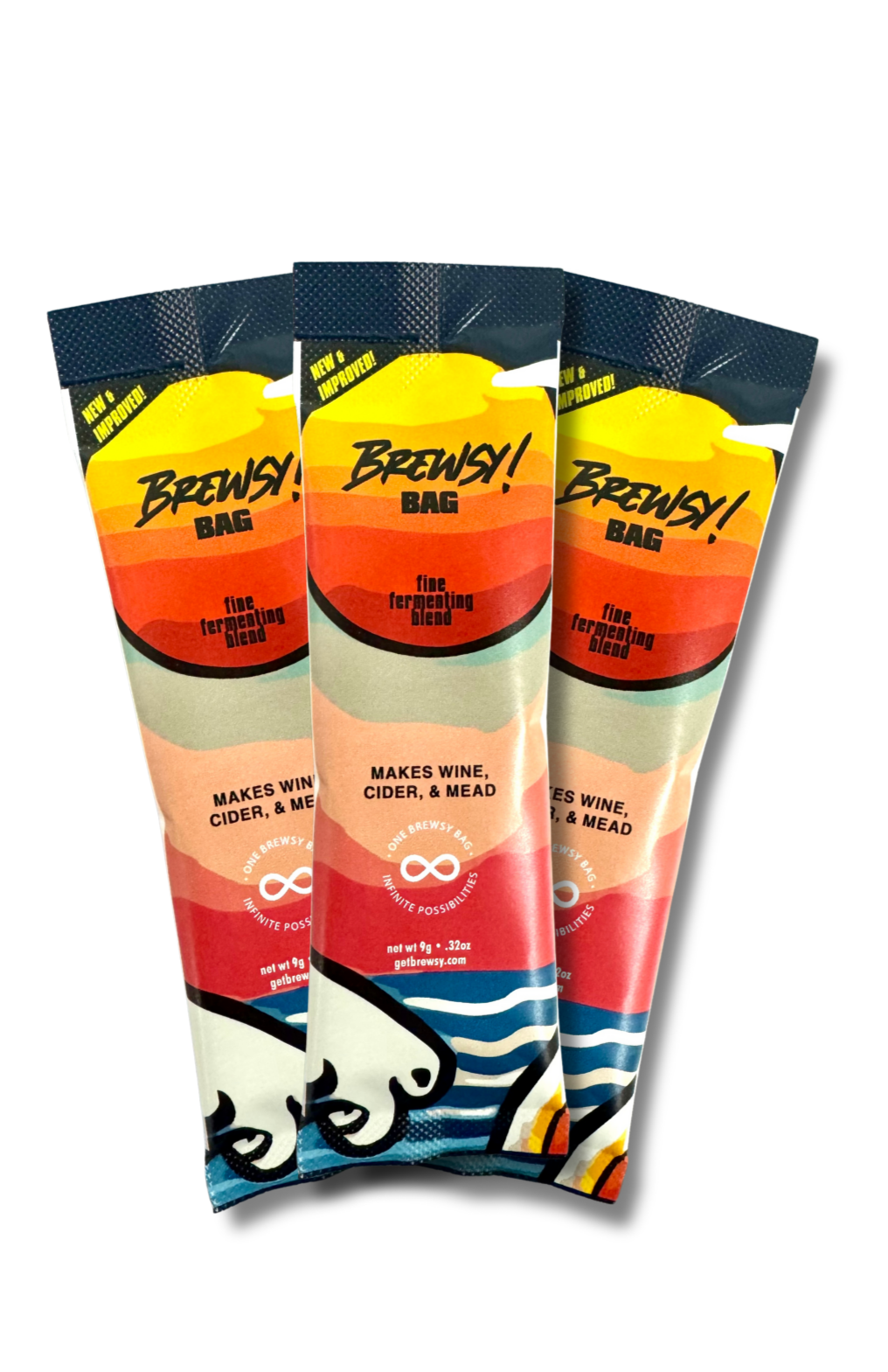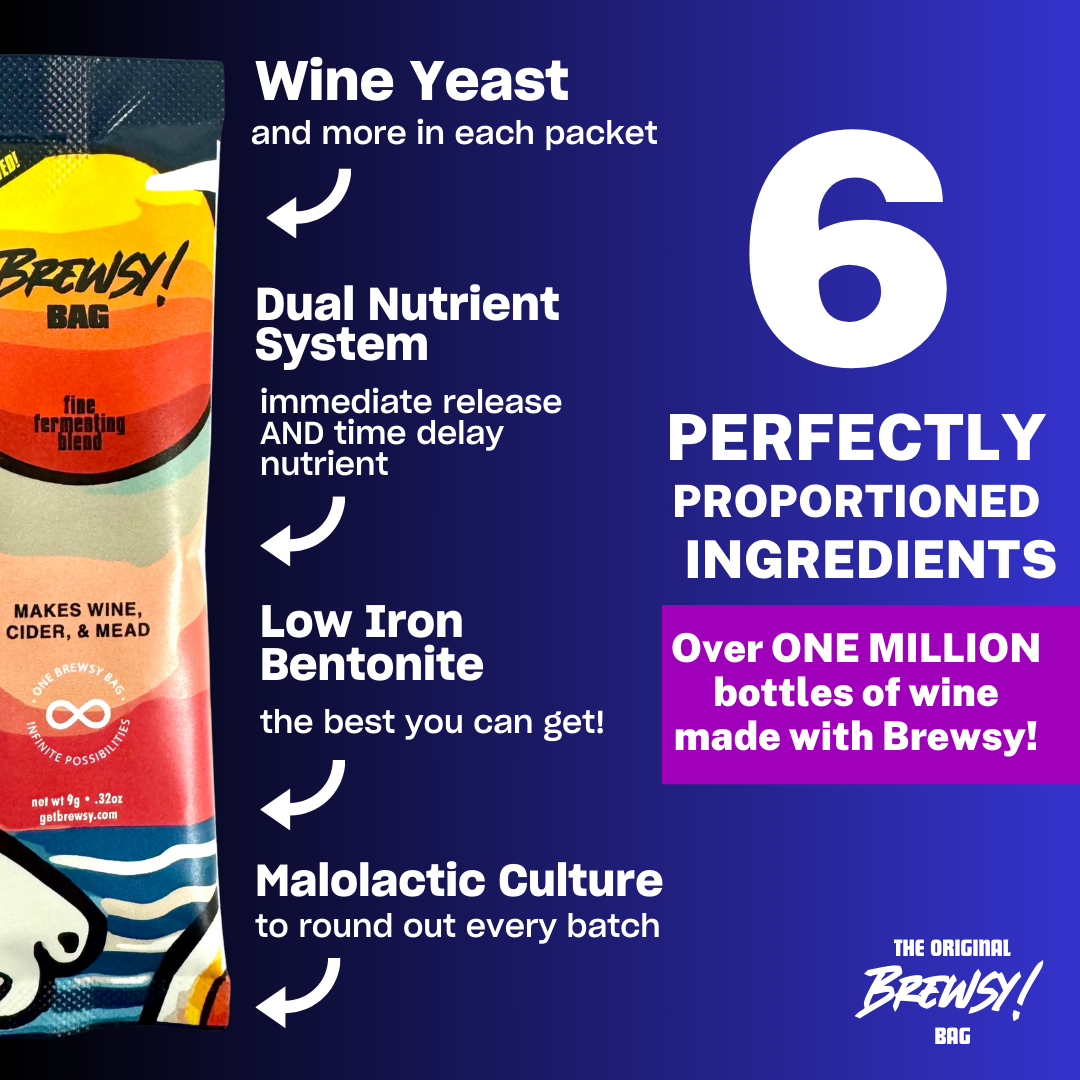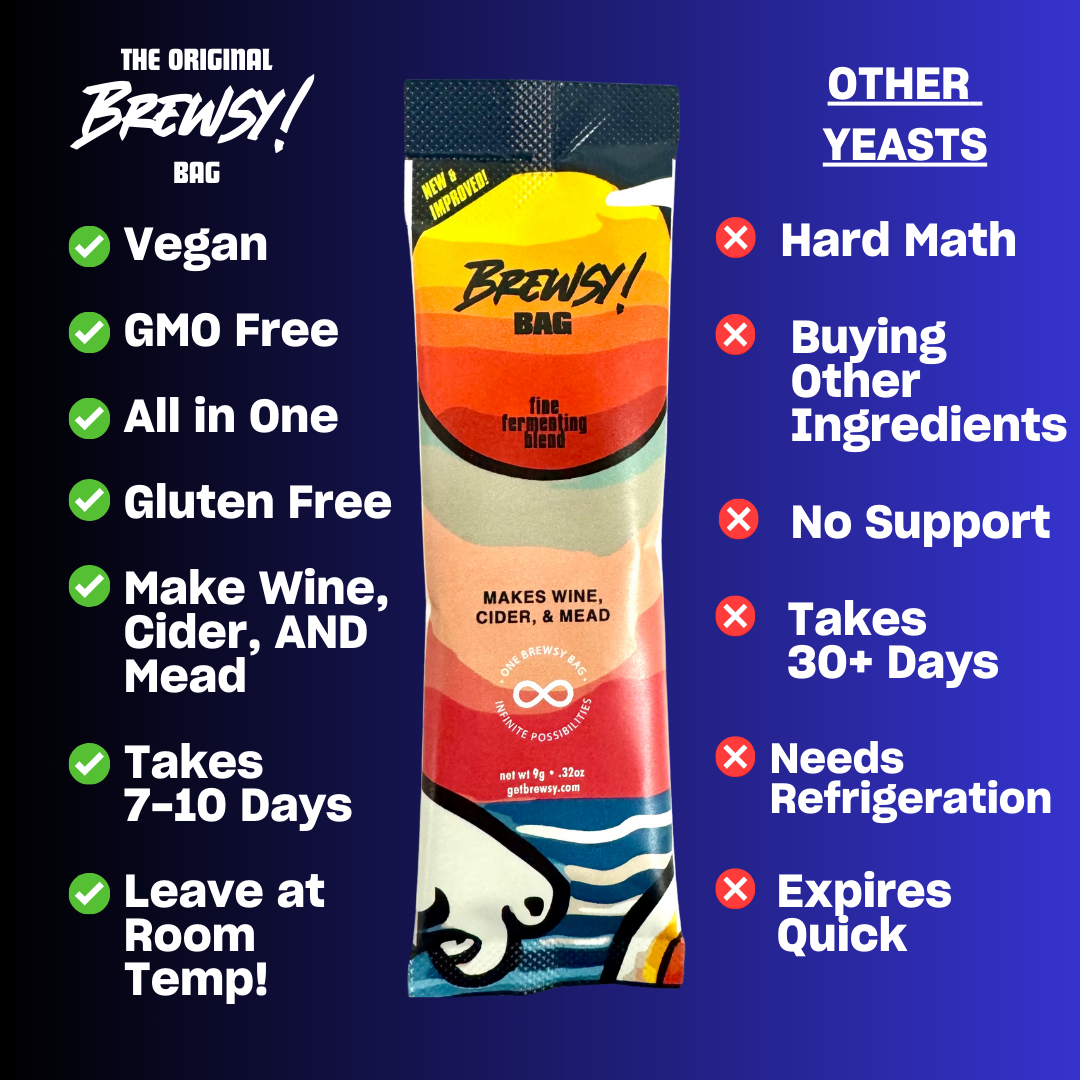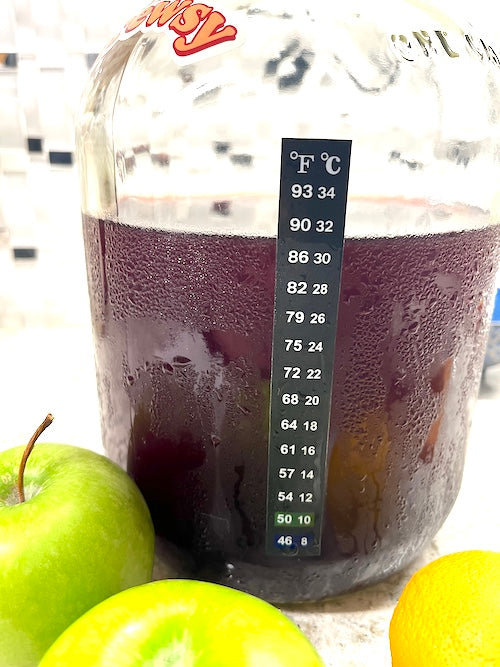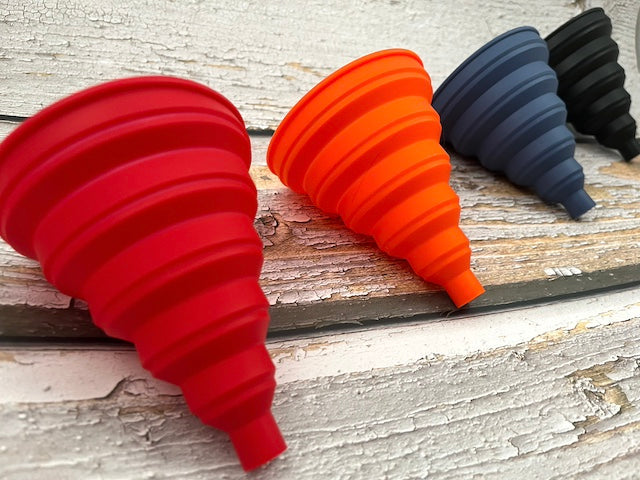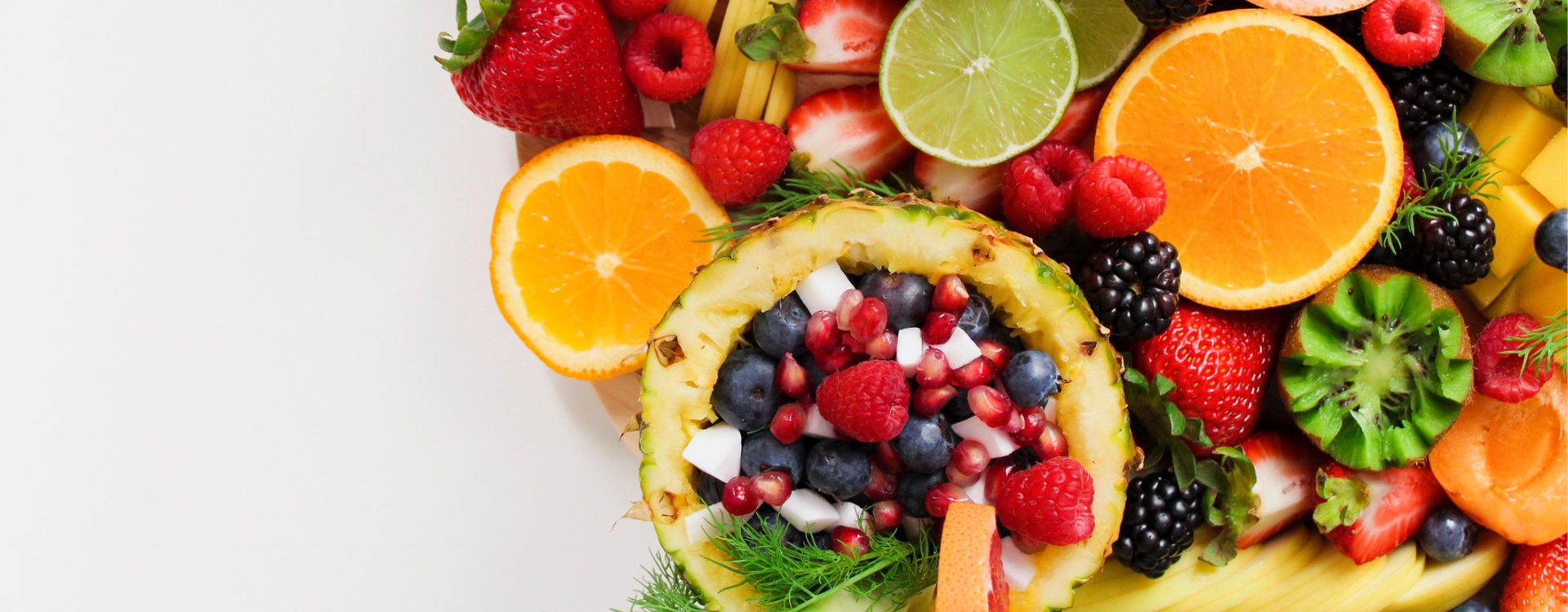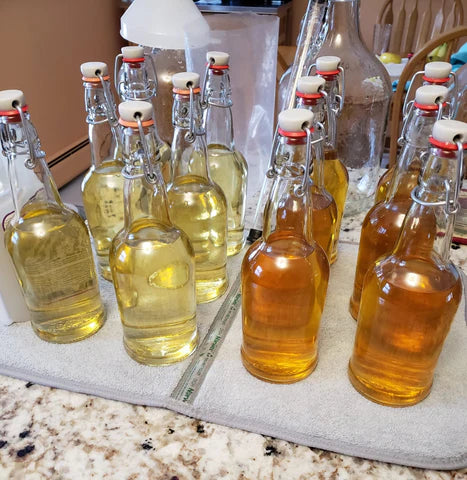
What Is Mead Made From?
What Is Mead Made From?
While it makes for a fantastic addition in teas and culinary endeavors, honey is not an ingredient commonly seen in alcoholic beverages. Sure, some wines may have a bouquet of honey or caramelization, but what makes mead mead is that it is made of honey. Honey and water, that is.
While it cannot be traced to a single point on a map, mead traces its routes as far back as the pre-Neolithic era, prior to the advent of both agriculture and pottery. Just goes to show, people have always enjoyed alcohol.
While wine has a history of thousands of years, mead is believed to be the first fermented beverage. After going through a process of natural fermentation caused by ambient yeast, the water and honey mixture eventually became known as mead.
At its most basic form, mead is an alcoholic drink created from water and honey. However, unless the honey came from the source, no two meads will be the same, and that is due to the fact that honey created by bees from different flowers alter the taste of the result. For example, should bees collect nectar from an orange blossom, one would end up with orange blossom honey which, if turned into mead, naturally, has an orangey taste to it. Environmental factors also play a role in the taste of the honey with the factors being endemic to specific regions as well as growing season of the flowers from which the honey is made.
Something else that can alter a mead's flavor profile are the additives, known as gruit, that are introduced into it. Examples of these include different fruits, such as apples, and spices, such as cinnamon.
Meads that contain fruits as a secondary ingredients are still meads, but they are known melomels. Meads that contain spices, on the other hand, are known as metheglin. Sounds like a pharmaceutical drug, but it is just a variation of the drink. Then there is mulled mead, a form of metheglin, that is highly popular during the holiday season that is warmed with spices and sometimes fruits. A combination of both melomel and metheglin.
Sweetness for meads can vary on how long it was left to ferment, although, it does retain that signature honey flavor. Sweetness levels vary just like wine, from dessert wine to dry.
As is with a lot of foods and beverages, meads also come in different varieties depending on geographical location. Finland's, for example, is called sima and what makes it different is that raisins are added during the secondary fermentation to boost the sugar content, and it also serves as a readiness gauge where it indicates the mead is ready once the raisins float. Other regional versions include Philippines' byais and Nepal's dandaghare.
Ultimately, mead is simply honey and water then allowed to ferment to create alcohol in it. Whether you like it sweet or dry, carbonated or flat, spiced or fruity, it can be agreed upon that mead is an alcoholic beverage for the ages.

